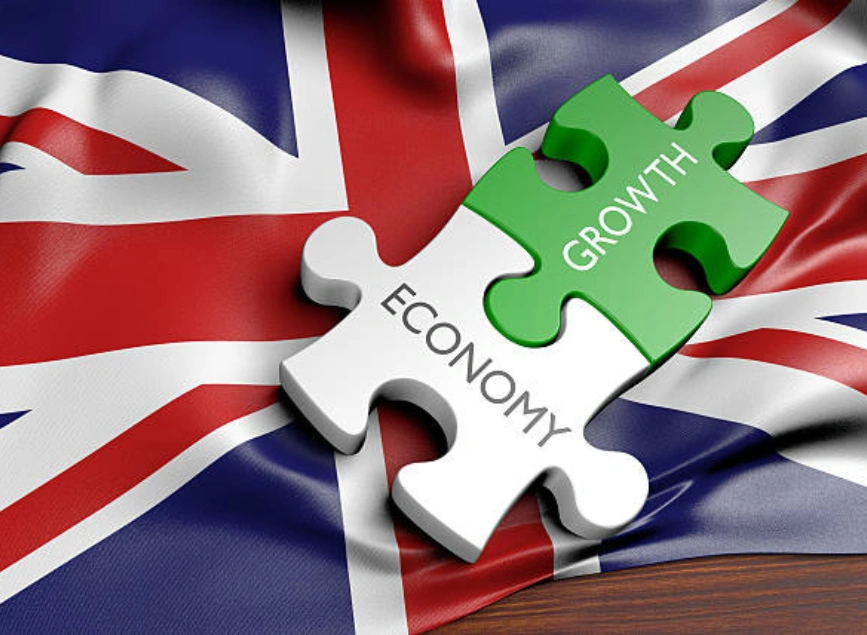
US-EU Trade Agreement Boosts Global Stocks and Euro Amid Policy-Heavy Week
Global stocks rallied and the euro climbed on Monday following a newly reached trade agreement between the United States and the European Union. The deal, which imposes a 15% baseline tariff on most European goods—half of the originally threatened rate—boosted investor confidence and injected a dose of clarity into an otherwise uncertain economic week.
This move comes just days after a similar deal was struck between the US and Japan, reducing proposed tariffs on auto imports. Together, these agreements have improved global market sentiment, encouraging a “risk-on” mode across financial markets.
📊 Key Takeaways
- ✅ US-EU trade deal imposes 15% tariffs instead of 30%, easing market fears
- 💶 Euro strengthens as investors gain clarity on transatlantic trade
- 📈 Global stocks rally on improved risk sentiment
- 🏦 Policy decisions from the Fed and Bank of Japan are due this week
- 🌐 Markets await signals on interest rates and inflation control
💱 Currency & Market Reactions
Following the announcement:
| Market Reaction | Value | Change |
|---|---|---|
| Euro (EUR/USD) | 1.134 | +0.48% |
| Euro Stoxx 50 Index | 4,570 | +1.2% |
| S&P 500 Futures | 5,160 | +0.6% |
| Nikkei 225 | 40,880 | +0.9% |
Traders embraced the clarity on US-EU trade, betting that reduced tariff pressure may help stabilize inflationary risks and support export-driven economies in Europe. The euro posted one of its strongest daily performances this month, while major European indices ended the day in positive territory.
Read More: US Jobs Report in June Beats Expectations
🏛 Central Banks in Focus
While the US-EU trade agreement set a positive tone, investors remain focused on upcoming central bank meetings. The U.S. Federal Reserve and Bank of Japan (BOJ) are both scheduled to announce policy decisions later this week.
- The Fed is expected to keep rates steady but may signal further easing in September.
- The BOJ is also likely to hold rates amid ongoing inflationary pressures and yen volatility.
The outcome of these meetings could either reinforce or dampen the momentum sparked by the trade deal.
📉 Outlook: Short-Term Relief or Long-Term Shift?
While this trade agreement has brought immediate optimism, questions remain about its long-term impact. Analysts warn that tariffs, even at a reduced level, still pose headwinds to global trade growth.
However, for now, markets appear to welcome the reduced uncertainty. If central banks also deliver stable policy signals, the current rally could extend into the coming weeks.
Do you think the US-EU trade agreement marks a turning point for global markets?
Share your thoughts below or explore our latest updates on central bank policies and global trade.
Share
Hot topics

Will 2026 Be a Turning Point for Crypto Regulation in the U.S.?
The cryptocurrency world is gearing up for a transformative year as a pro-crypto administration, led by Donald Trump, prepares to take charge in the United States. With a Congress expected...
Read more




Submit comment
Your email address will not be published. Required fields are marked *